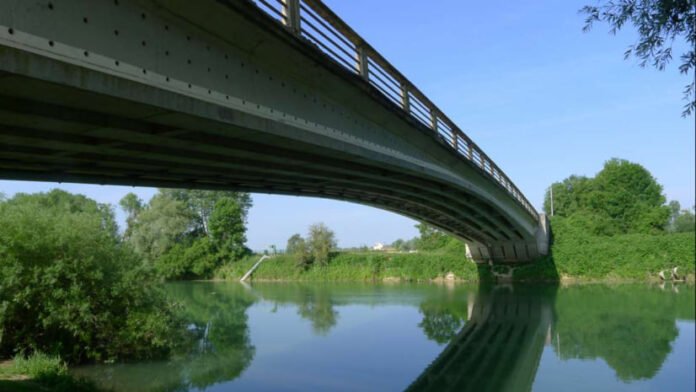
In a sweeping effort to modernize France’s aging infrastructure and prevent catastrophic failures, the French government has completed a national assessment of 45,000 bridges and retaining walls across the country.
The project, led by Cerema—the Centre for Studies and Expertise on Risks, the Environment, Mobility and Urban Planning—marks one of the most ambitious bridge surveys in Europe, driven by growing concerns about structural decay and extreme weather conditions.
The campaign was launched in response to a 2018 study revealing that nearly a third of France’s bridges might require repairs.
That same year, the deadly collapse of the Morandi Bridge in Genoa, Italy, served as a stark warning of what could happen without urgent action. In the aftermath, France initiated the National Bridges Program to evaluate its infrastructure and identify priority areas for repair.
Cerema Director of Digital Transformation Thomas Plantier described the mission as an enormous logistical challenge.
“France has more than 36,000 road authorities, many of which are small municipalities with limited resources,” said Plantier. “On top of that, we had no comprehensive inspection system in place for local bridges.”
With estimates of over 100,000 bridges nationwide, Cerema had to first identify and catalogue the municipal bridges in 11,500 participating municipalities. Over a tight two-year schedule that ended in 2023, the agency coordinated 250 field agents from 30 contractors to inspect and map the country’s key structures.
To collect consistent, reliable data, inspectors used ArcGIS Survey123, a mobile GIS app, to input location data, structural images, and responses to 150 condition-based questions. A 12-page “health diary” was also compiled for each bridge and its associated retaining walls.
“In six months we prepared the tools, and in the next 18 months, we surveyed nearly half of France’s estimated bridges,” said Plantier. “We needed a dedicated information system that could function even offline and was accessible for field and office teams alike.”
The results were sobering. According to Cerema’s findings, 10 percent of the bridges inspected were deemed in critical condition and required immediate intervention to ensure public safety. An additional 21 percent were found to need significant repairs.
The new data has already prompted renovation work across the country. Cerema has also launched training programs, maintenance guides, and videos to support local authorities in long-term upkeep.
An interactive public dashboard was created to share bridge health data and allow stakeholders to monitor repair progress. The user-friendly system has helped draw in more municipalities, including those that initially opted out.
“GIS-based surveys and real-time data mapping have proven invaluable,” Plantier added. “This initiative has not only given us a clearer picture of the national infrastructure, but it has also positioned Cerema as a central authority on infrastructure safety.”
With extreme climate events and increased transport demands putting mounting pressure on Europe’s aging networks, France’s bridge assessment project may serve as a model for other nations confronting similar infrastructure challenges.